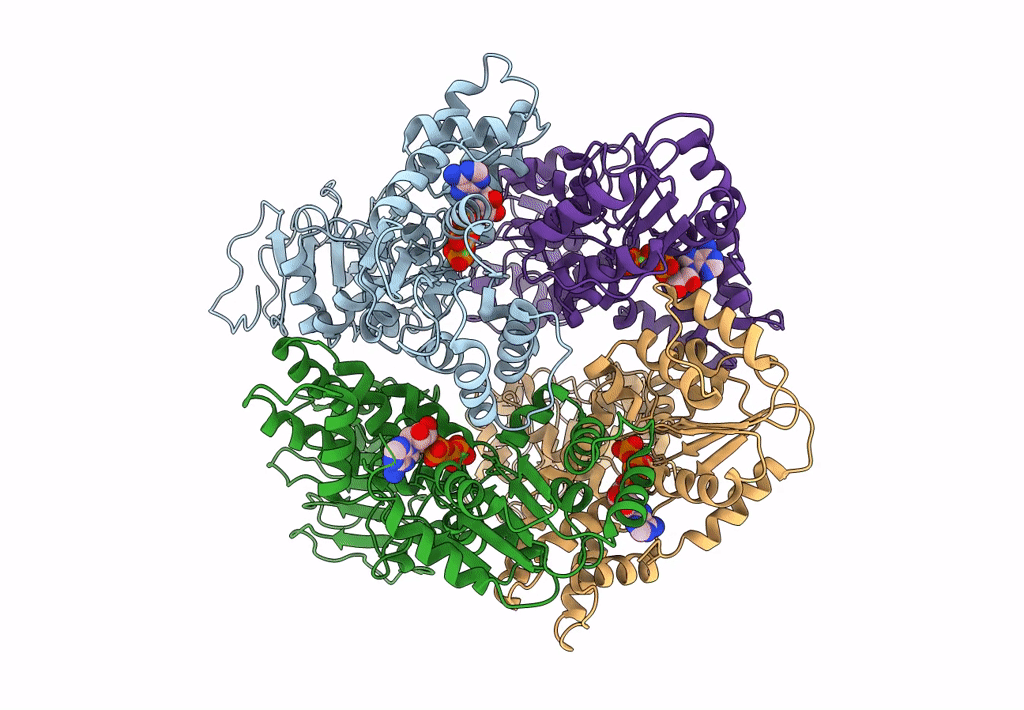
Deposition Date
2020-07-30
Release Date
2020-12-02
Last Version Date
2024-03-06
Entry Detail
PDB ID:
7JLV
Keywords:
Title:
Structure of the activated Roq1 resistosome directly recognizing the pathogen effector XopQ
Biological Source:
Source Organism:
Nicotiana benthamiana (Taxon ID: 4100)
Host Organism:
Method Details:
Experimental Method:
Resolution:
3.80 Å
Aggregation State:
PARTICLE
Reconstruction Method:
SINGLE PARTICLE


